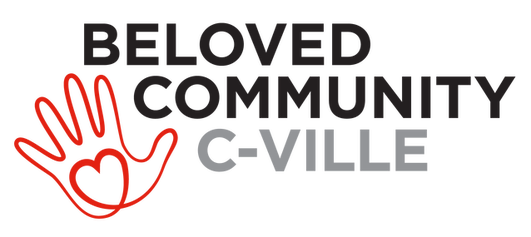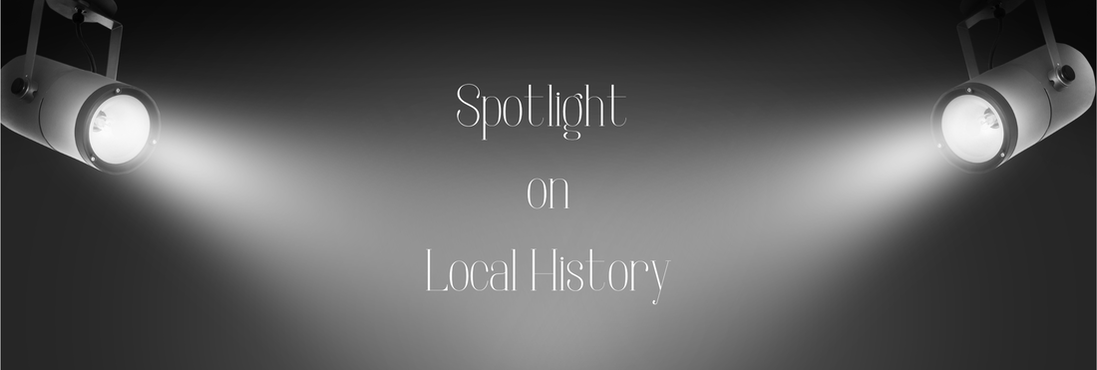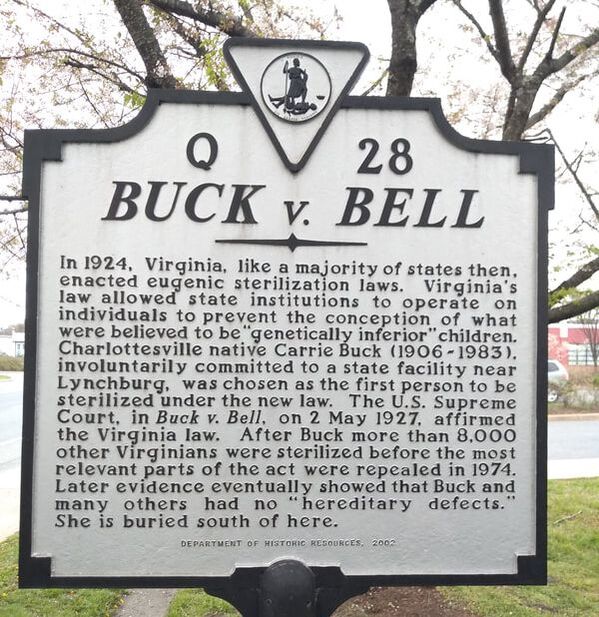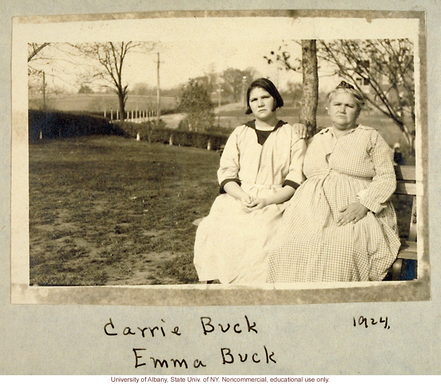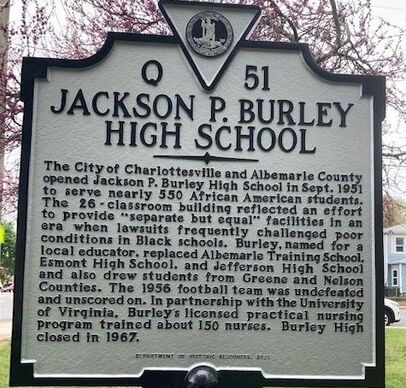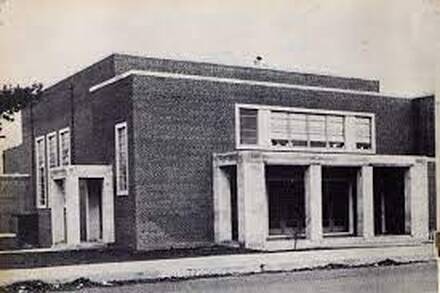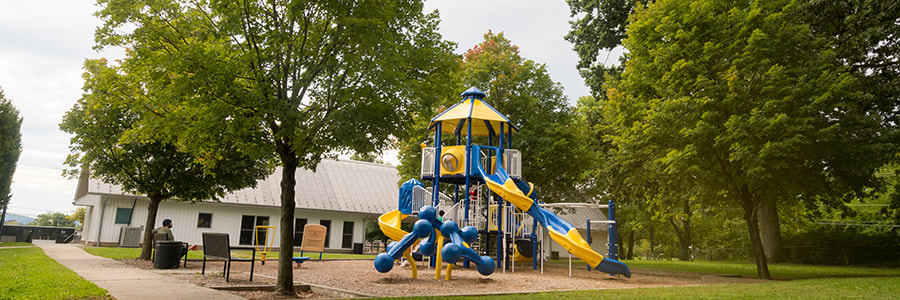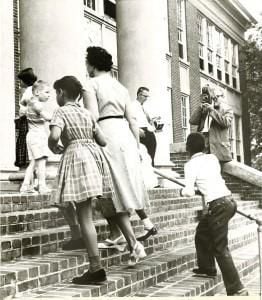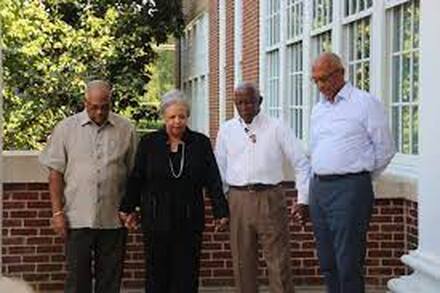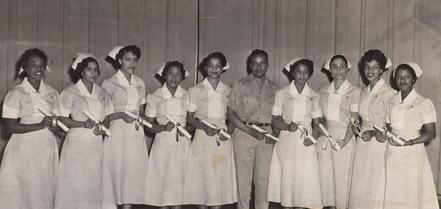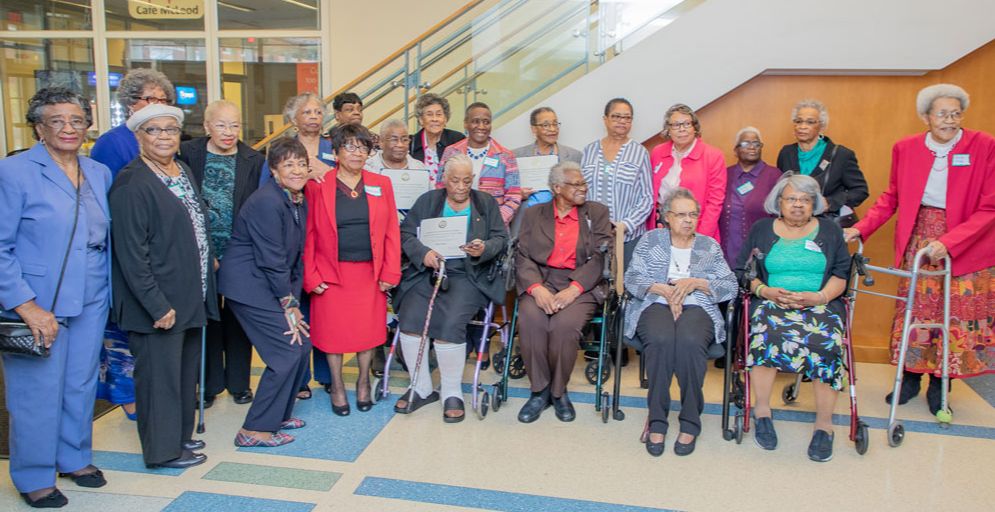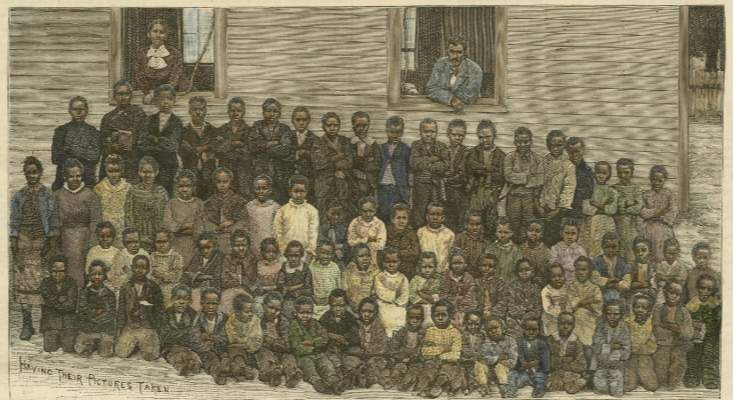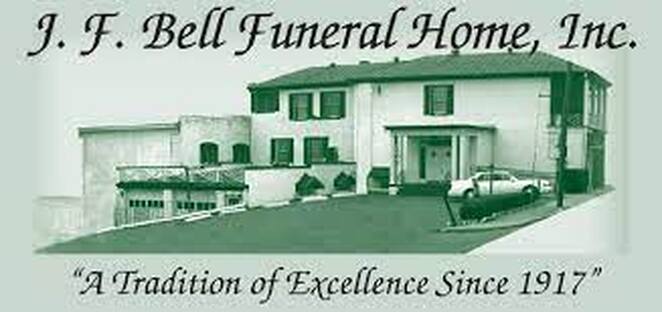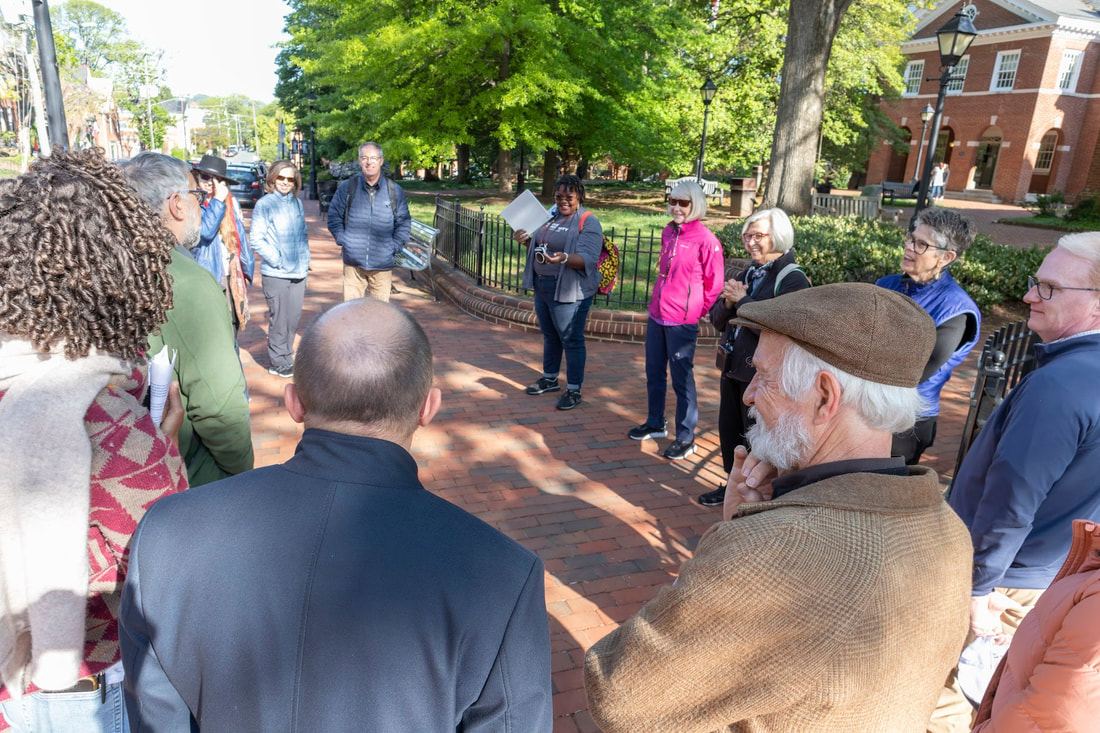The “Johnny Reb” Statue
“Johnny Reb” was a nickname Federal soldiers gave to Confederate soldiers and the statue in Charlottesville was one of many inexpensive, mass-produced statues installed throughout the South to promote the “Lost Cause” narrative. The United Daughters of the Confederacy erected it in front of the Albemarle County Courthouse in 1909 and it was removed on Sept 12, 2020.
The video above is part of the Virtual Tour Project currently under development by Beloved Community Cville.
Learn more about why the statue was taken down by clicking HERE.
For local news coverage of its removal on Sept. 12, 2020 click HERE.
The video above is part of the Virtual Tour Project currently under development by Beloved Community Cville.
Learn more about why the statue was taken down by clicking HERE.
For local news coverage of its removal on Sept. 12, 2020 click HERE.
The Jackson Statue
The unveiling of the Thomas “Stonewall” Jackson statue in 1921 was attended by thousands of people, including local dignitaries like the President of UVA. The dedication was organized by local chapters of Confederate groups and the city was decorated with Confederate flags & colors for the occasion. Court Square Park where the Jackson statue currently stands is where McKee Row used to be, a predominantly Black neighborhood which was demolished and turned into a park for whites only. The Jackson Statue was removed on July 10, 2021.
This video is part of the Virtual Tour Project currently under development by Beloved Community Cville.
This video is part of the Virtual Tour Project currently under development by Beloved Community Cville.
BUCK v. BELL: Forced Sterilization
A Charlottesville native, Carrie Buck (1906-1983), was the first person chosen to be sterilized under the "Virginia Eugenical Sterilization Act," signed into law in 1924. This law allowed state institutions to sterilize individuals deemed unfit due to "hereditary insanity" or intellectual disability. The United State Supreme Court ruled against Carrie in 1927 in Buck vs. Bell. Later evidence showed that Buck (and many of the 7,000 others in VA) had no "hereditary defects." It wasn't until 1974 that the Act was repealed. Carrie Buck is buried south of Charlottesville.
Click HERE and HERE to learn more.
Click HERE and HERE to learn more.
UVA Rotunda & The Role of Enslaved Laborers
Starting in July 1817, Jefferson assigned ten enslaved persons to clear what had once been James Monroe's cornfield. As construction began, enslaved men worked alongside whites and free Blacks to construct the Rotunda and other buildings that made up the “academical village.” Records show that in 1825, fifteen enslaved laborers made approximately 900,000 bricks to build the Rotunda, which would serve as the University library. Many of these enslaved men were rented out to the University builders by local landowners, including Jefferson. The Board of Visitors paid the enslavers an average of $60 a year for each man. From the very beginning, slavery was deeply woven into the fabric of the University.
To learn more, click HERE and HERE. Also, explore the “UVA History from a Black Perspective” virtual timeline.
The above video is part of the Virtual Tour Project currently under development by Beloved Community Cville.
To learn more, click HERE and HERE. Also, explore the “UVA History from a Black Perspective” virtual timeline.
The above video is part of the Virtual Tour Project currently under development by Beloved Community Cville.
Historic Burley High School Gets Marker
Jackson P. Burley High School on Rosehill Drive served as the area’s high school for African American students during segregation from 1951 to 1967. Students and teachers took pride in Burley’s academic classes, college preparatory program, and extensive extracurricular and athletic programs. From 1952 to 1958, the Burley Bears won four Interscholastic Association State Football Championships. During a ceremony on Saturday, April 16, 2022, a plaque was unveiled in front of the school to commemorate its inclusion on the National Register of Historic Places.
Read more about Jackson P. Burley High School HERE and HERE.
Read more about Jackson P. Burley High School HERE and HERE.
Washington Park
Washington Park has been important in the lives of Charlottesville’s African-American community for almost a century. Located off Preston Avenue, the Park sits on land originally part of Rose Hill plantation and later became part of the city’s dumping grounds. In 1926 Paul Goodloe McIntire bought 9 acres of this land to establish what was then termed a “Colored Park.” In just a few years, the Black community transformed the land into a vibrant neighborhood recreation center. It remained the only city park for African-Americans for the next 40 years. Since 1989 the African-American Cultural Arts Festival has been held there during the last weekend in July, sponsored by Chihamba.
To learn more, click HERE and HERE.
To learn more, click HERE and HERE.
Charlottesville's Fight to Maintain School Segregation
Credited to Daily Progress
When the Supreme Court outlawed public school segregation in the 1954 Brown v. Board of Education, the Virginia General Assembly adopted a policy of "Massive Resistance," using the law and courts to defy the federal law. Two schools in Charlottesville closed down rather than integrate in 1958: Venable Elementary and Lane High School, denying education to 1,700 white students in an effort to block the admission of 12 Black students. In 1959 the court ordered the immediate transfer of the twelve students: nine Black students then entered Venable School, and three attended Lane High School. They became known as "The Charlottesville Twelve."
To learn more about Massive Resistance, click HERE, and to learn more about "the Charlottesville Twelve," click HERE.
To learn more about Massive Resistance, click HERE, and to learn more about "the Charlottesville Twelve," click HERE.
The Fight to Enroll at UVA
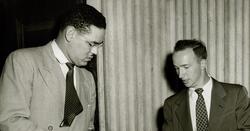
Gregory H. Swanson consults with Assistant Law Dean Charles Woltz after registration at UVA on Sept. 15, 1950. Photo Credit: UVA Lawyer.
For 131 years, women and people of African descent were not admitted to the University of Virginia. The University had been established in 1819 for white men only. The first Black student to attend was Gregory Swanson in 1950. He sued the university and was allowed to enter law school after winning the federal lawsuit. Eight years later, Leroy Willis became the first Black undergraduate in the College of Arts & Sciences (1958). Women (of any race) were not officially admitted to UVA until 1970.
More information HERE, HERE, and HERE.
More information HERE, HERE, and HERE.
UVA’s Segregated Nursing Program at Burley High School
Members of the Burley High School LPN class of 1956 were among Charlottesville's first Black LPNs and were early trailblazers in a health system that was still segregated.
The University of Virginia started a segregated nursing program to address a nursing shortage in 1951. At the time, Black students weren't allowed to take classes on UVA Grounds, so Jackson P. Burley High School was selected as the location. 139 African American students completed the program between 1952 and 1966. Students earned an LPN certificate, and many of these nurses went on to help desegregate UVA Hospital. Their presence and experiences were the first steps toward integrating the nursing profession. In 2019 UVA officially apologized to the students who graduated from the program and recognized them as full alumni.
Learn more about this program HERE and HERE.
Learn more about this program HERE and HERE.
Freedmen’s Education in Virginia
Historical narratives credit white northerners with providing education for Black individuals after emancipation. However, African Americans themselves established the first freely accessible schools, as initial funding for Black schools in Virginia came from freed people themselves. For its part, the federal government established the Freedmen's Bureau as a temporary agency to provide food, clothing, medical care, and education. The Freedmen's Bureau set up schools for African Americans in the South, and Black and white teachers from the North and South worked to help young and old become literate.
Isabella Gibbons, formerly enslaved to a professor at the University of Virginia, established a school for freed people in Charlottesville. After four months, Gibbons closed the school and became a student and assistant to Anna Gardner, who moved to Charlottesville to set up a Freedmen's Bureau school later named the Jefferson School. Gibbons was part of the first graduating class of the Jefferson School. She went on to become a paid teacher at the Jefferson School and later taught in Charlottesville's segregated schools for more than fifteen years.
Read more HERE and HERE.
Isabella Gibbons, formerly enslaved to a professor at the University of Virginia, established a school for freed people in Charlottesville. After four months, Gibbons closed the school and became a student and assistant to Anna Gardner, who moved to Charlottesville to set up a Freedmen's Bureau school later named the Jefferson School. Gibbons was part of the first graduating class of the Jefferson School. She went on to become a paid teacher at the Jefferson School and later taught in Charlottesville's segregated schools for more than fifteen years.
Read more HERE and HERE.
Slave Auction Block
Charlottesville’s Court Square was once the site of slave auctions. Local slaveholders traveled to Court Square on market days to buy or sell enslaved Black people, tearing families apart and destroying lives. These inhumane transactions were then registered at the courthouse. Watch the video above and learn more HERE and HERE.
The Slave Auction Block is featured as a stop on our upcoming VIRTUAL TOUR. The above video is a sample of what’s to come!
The Slave Auction Block is featured as a stop on our upcoming VIRTUAL TOUR. The above video is a sample of what’s to come!
J.F. Bell Funeral Home
J.F. Bell Funeral Home is the oldest African-American-owned business in Charlottesville and the oldest family-run funeral home in central Virginia. John Ferris Bell (1890-1959) opened the J.F. Bell Funeral Home in 1917. Originally located in Vinegar Hill, the funeral home was moved to its current location on 108 6th Street N.W. in 1927. The Bell family has a long tradition of contributing to the community. One of Bell's daughters, Rosamond Bell Jemison, taught at the Jefferson School (across the street from the funeral home), and his son, Raymond Lee Bell, played a vital role in the NAACP's efforts to desegregate local schools. He was also the first African-American to serve on the Charlottesville School Board.
For more historical information, visit J.F. Bell Funeral Home's WEBSITE.
For more historical information, visit J.F. Bell Funeral Home's WEBSITE.
The Racial History of Court Square
The courthouse was first established in 1762 and, over time, was used as a site for corporal punishment, trial hearings, elections, public assemblies, such as KKK meetings; and church services. Confederate Statues were installed in the Square during the 1920s in order to perpetuate the South's Lost Cause mythology: the "Johnny Reb" statue and the Stonewall Jackson statue. It's also the original site of the slave auction block, where local slave holders would come to Court Square on market days to buy or sell enslaved black people. Another important piece of history highlighted in this space is the story of John Henry James, a black man who was lynched before he could be brought to trial in 1898.
To learn more, click HERE and HERE.
To learn more, click HERE and HERE.
Proudly powered by Weebly
